Food
Local, Seasonal, Delectable: 12 Table-To-Farm Dining Experiences
introFarm-to-table can take many forms, but at heart, it’s a culinary movement that brings fresh, regional, seasonal ingredients from small-scale producers to nearby dining venues. More often than not, this means local farmers providing ingredients to restaurants in the nearest town or city, bringing the (rural) farm to the (urban) table. Table-to-farm dining flips the script by setting up the dining venue directly on the farm, allowing diners to enjoy food right where it was produced. As the following examples show, this newest trend can also take many different forms… [Photo: Flora Farms, Sara Richardson]
0/11
Food
Local, Seasonal, Delectable: 12 Table-To-Farm Dining Experiences.
FloraFlora’s Field Kitchen began as a restaurant in San José del Cabo on Mexico’s Baja California peninsula, with the farm on the outskirts providing the fresh produce. Now, instead of bringing the food to diners in town, punters make the trip to the farm, where they enjoy dishes created from the organic, seasonal vegetable garden surrounding the restaurant, as well as meat and dairy from the nearby ranch. Obviously, locals and tourists alike are happy to make the trip to this lush oasis, as the property now also features a bar, pizzeria and ice cream cart.
1/11
Food
Local, Seasonal, Delectable: 12 Table-To-Farm Dining Experiences.
AgriturismoItaly’s agriturismo is the OG table-to-farm, farm-to-table, locavore holiday, farm stay and everything in between. The concept has been around for decades and has been regulated by law since 1985. It allows agricultural businesses to generate additional incomes at a reduced tax rate by renting rooms and offering simple meals made from local ingredients to tourists. Finding an agriturismo used to involve following hand-painted signs down long, windy dirt roads and allowing yourself to be surprised by whatever awaited you after a knock on the door. Today, you can book an Italian farm stay – including meals – online.
2/11
Food
Local, Seasonal, Delectable: 12 Table-To-Farm Dining Experiences.
FavikenWhile trekking to a rural dining location on a farm for the purpose of a meal proves an admirable dedication to the cause, nothing will prove your determination more impressively than a reservation at Fäviken. All the food served at the ultimate Michelin-starred locavore joint in Europe’s far north is caught, harvested, foraged and hunted on the farm or on neighbouring estates – and prepared, preserved and served in accordance with the seasons. Dinner more or less necessitates an overnight (farm)stay, as the nearest town – Swedish ski resort Åre – is almost an hour away.
3/11
Food
Local, Seasonal, Delectable: 12 Table-To-Farm Dining Experiences.
SingaporeNot all table-to-farm experiences are located in the great wide open. Urban farms aren’t just bringing fresh organic produce to city-dwellers all over the world, some of them are even feeding them then and there. Singapore’s Open Farm Community features an al fresco dining terrace amidst a lush garden. The restaurant uses vegetables and herbs from the adjacent Edible Garden City farm, supplemented with ingredients from other local farms.
4/11
-
Food
Local, Seasonal, Delectable: 12 Table-To-Farm Dining Experiences.
LaosIt isn’t strictly a farm, but at Pha Tad Ke Botanical Gardens, you can learn more about the indigenous flora of Laos, pay a visit to the permaculture demonstration and research farm, then enjoy a meal made from ingredients harvested there. A short boat trip downstream from Luang Prabang on the Mekong River, it’s an entertaining, educational and delectable day out for anyone who loves plants.
5/11
Food
Local, Seasonal, Delectable: 12 Table-To-Farm Dining Experiences.
OutstandingOutstanding in the Field could arguably be credited with making table-to-farm dining a “thing”. Their foodie events started popping up – sometimes literally in fields, on other occasions at vineyards or on beaches – in 1999. The organisers have been touring the world, one farm dinner at a time, ever since, always matching the delicious food to the impressive location. Each event features a tour of the host farm followed by a meal made from ingredients mainly or fully sourced from that farm, cooked by a guest chef in an outdoor kitchen and served at one long banquet table. [Photo: Emily Hagen]
6/11
Food
Local, Seasonal, Delectable: 12 Table-To-Farm Dining Experiences.
VistaThe Farm at Vista Brewing, which hosted one of the most recent Outstanding in the Field events, regularly puts on its own pop-up dinners. The monthly Vista Supper Club is an occasion for the brewery outside Austin, Texas to highlight its own specialty beer releases and dishes the beer pairs well with, made using ingredients from the on-site farm, orchard and apiary. If you happen to visit any other time of the month, the brewery’s restaurant also uses self-grown produce.
7/11
Food
Local, Seasonal, Delectable: 12 Table-To-Farm Dining Experiences.
BabylonstorenVineyards have long cultivated farm-to-fork thinking – or rather drinking. However, oenophiles pilgrimaging to the terroir that yields their favourite tipple, indulging in the odd degustation and heading home with a crate or five of wine, don’t always get local food during their visits. The rise of the locavore has motivated many to up their game and add homegrown food to the self-made wine on offer. South Africa’s Babylonstoren is only one of many stellar examples in the Cape Winelands. [Photo courtesy Babylonstoren]
8/11
-
Food
Local, Seasonal, Delectable: 12 Table-To-Farm Dining Experiences.
HentleyDiners at Hentley Farm in Australia’s Barossa Valley get a sense of the property’s history as soon as they enter the dining room, which is located in the former stables. Ingredients are farmed and foraged across the sprawling property and grown in the vegetable garden and orchard. The set menus change daily according to the produce available, and are accompanied by the farm’s main product, Hentley Farm Wines.
9/11
Food
Local, Seasonal, Delectable: 12 Table-To-Farm Dining Experiences.
JuckerJucker Farms are not shy about their mission: the Swiss “experience farms” want to make farming fun. What began with a pumpkin show on the family farm near Zurich 20-odd years ago has grown into 4 farms offering events, festivals, farm games, pick-your-own-fruit and – on two of the properties – restaurants situated amidst the fields that provide much of the produce (including, of course, delicious cheese) served for breakfast, brunch, lunch and dinner.
10/11
-
Food
Local, Seasonal, Delectable: 12 Table-To-Farm Dining Experiences.
BallymaloeWell before buzzwords like “table-to-farm”, Myrtle Allen was championing the produce-centric ethos that later earned her a Michelin star and countless accolades. Her food philosophy still informs all activities at her family’s Irish country house, which her daughter-in-law Darina Allen transformed into an enduringly popular hotel, restaurant and cookery school. At Ballymaloe House, the homegrown ingredients come from the family farm and a beautiful walled garden. As Myrtle Allen put it, “it is food that has been loved and cared for by knowledgeable producers.”
11/11



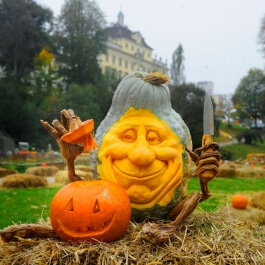
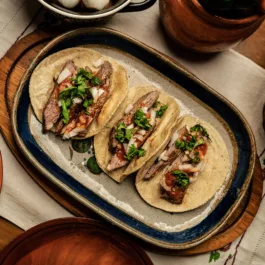
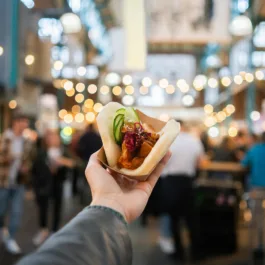



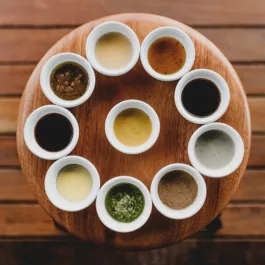

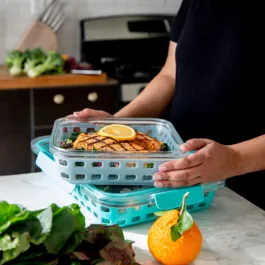
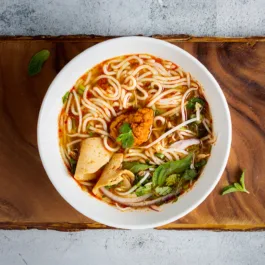
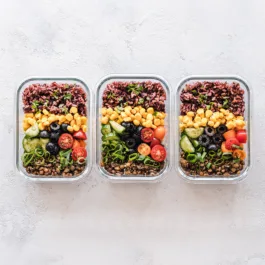
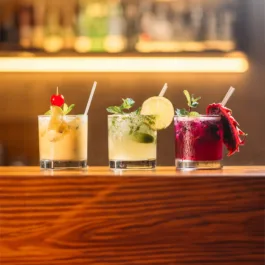
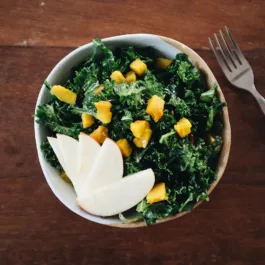
Sorry, the comment form is closed at this time.